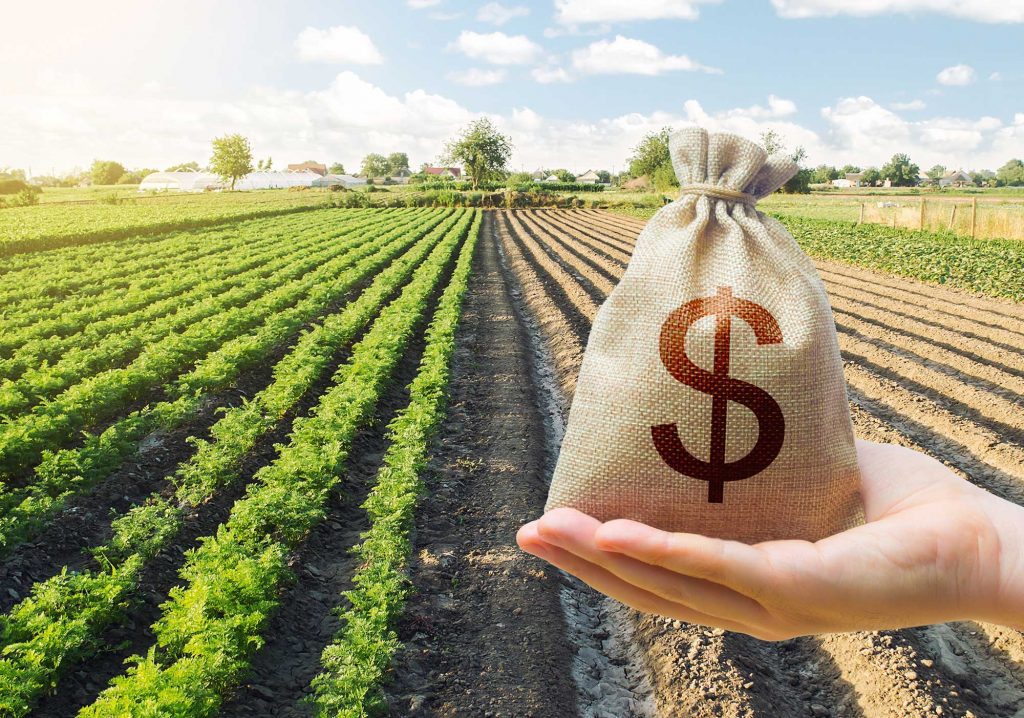The Climate Change Commission’s advice on how agricultural emissions should be taxed is being criticised as a way to offset emissions produced by other sectors

A farm-level split-gas levy has been recommended as an alternative way to tax agricultural emissions outside of the emissions trading scheme.
This means agricultural emissions would be calculated and paid at the farm level, and the levy would have different rates for short- and long-lived gas emissions.
“An industry-wide commitment to a farm-level, split-gas pricing system is an important step on the journey to help farmers manage their emissions,” says AgResearch Senior Scientist Dr Robyn Dynes, who provided science advice to the commission.
However, any efforts to sequester carbon would not be factored under the proposed model.
“The commission has recommended that carbon sequestration through on-farm vegetation should sit outside any emissions pricing system, and instead could reside in a separate system due to the complexities, risk of inequity, a lack of impact on emissions, and the fact that some sequestration is already recognised through the ETS,” Dynes says.
“I expect this recommendation will be met with some disappointment from farmers who had expected recognition from sequestration through on-farm vegetation.”
Indeed, farming advocacy group Groundswell NZ has spoken up against the commission’s proposed model.
“Land owners have been sacrificing their productive land, that they pay rates on, to establish trees and plants to protect waterways and help sequester carbon at great expense to themselves – and now we are being told that doesn’t count.”
Groundswell are calling it hypocrisy as other sectors can plant trees on productive land to offset their emissions.
“The primary motivation for taxing farm emissions is, in fact, to offset warming produced by other sectors.
“The Climate Change Commission and Ministry for the Environment have both independently confirmed to Groundswell NZ that the current emissions reduction targets have not been set to offset warming from our industry but go much further and require farmers to help offset warming produced by other sectors.”
Groundswell believes New Zealand’s farming has little or no effect on the climate.
“There has not been a single scientific model of agriculture’s warming effect that has been made publicly available.
“Without warming based modelling, farmers have no ability to measure progress against the Paris Agreement.
“This absence of an objective standard will allow the Government to force ever increasing emission reductions over time, regardless of how much farmers are doing to reduce warming.”
Methane is the primary greenhouse gas produced by the agricultural sector, making up about half of New Zealand’s greenhouse gas emissions. While this is much higher than the 12.3% average across other countries, New Zealand produces enough food for 40 million people and is the most climate-efficient countries at doing so according to an AgResearch study.
Meanwhile New Zealand’s CO2 emissions were about 20% below average in 2019, making it one of the more carbon-friendly countries in the world. So while New Zealand has some of the highest greenhouse gas emissions in the world per capita, it does not tell the full story.
“The policies of the New Zealand Government don’t determine how much food the world eats, but they do decide whether or not that food is produced by the most emissions efficient food-producers in the world, New Zealand farmers and growers,” Groundswell says.
“Punishing our domestic agriculture sector with a tax on emissions will just increase global emissions, as the less efficient foreign agriculture sectors take up the room left in the market, all the while making New Zealand poorer.”
The Government has until December to review the commission’s advice and decide on what emissions pricing the agriculture sector will face.








